For every new stone mason, seven retire: St Paul's plan to save heritage crafts — and itself in the process
As St Paul’s Cathedral launches the Wren Centre of Excellence to train young people to repair Britain’s historic buildings, Lotte Brundle talks to restoration workers about why their industry is on a cliffs edge.


St Paul’s Cathedral is an icon of the London skyline — as much as the Shard, the London Eye, Big Ben and that building with the three fans that are mysteriously never spinning. Wherever you go, you can’t help but notice its looming spire and majestic dome. However, it has taken a lot of work to keep it looking that way and the cathedral has undergone many restoration projects over the years.
On Christmas Eve, in 1924, St Paul’s was served with a Dangerous Structures notice and closed for safety reasons after the building moved and cracked, causing masonry to fall and collapse, smashing into the nave. During the Blitz, disaster struck again, twice — with one bombing in 1940, the other in 1941. It was also severely damaged in the Great Fire of London in 1666, two years later the nave fell victim once more, suffering a total collapse. In 2011, Londoners may remember when the scaffolding which had been omnipresent around the structure for 15 years, hiding its ethereal beauty, finally came down, as an all-encompassing restoration projection came to fruition. This included the addition of wheelchair access to the crypt. More recently, in 2023, the cathedral received a grant of a whopping £500,000 to help restore its seven meter tall cupola, ball, and cross (for the uninformed, that’s the small spindly bit right on the very top).

A steeplejack working on the dome of St Paul's Cathedral in 1953.
A post shared by St Paul's Cathedral, London (@stpaulscathedrallondon)
A photo posted by on
A lot of people, a lot of time and a lot of money have gone into keeping St Paul’s spectacular, and the institution, which welcomes more than a million visitors a year, is anxious that these works continue. Currently for each new heritage carpenter or stonemason trained, seven retire — odds that aren’t in the interest of Britain's oldest buildings. This is why they are launching a new centre which will run apprenticeships in stonemasonry and carpentry. Named after its architect, Sir Christopher Wren, the Wren Centre of Excellence’s opening coincides with the 350th anniversary of the foundation of the cathedral and promises to be a ‘world-class hub for heritage craft training and innovation’.
Rebecca Thompson came to St Paul’s two years ago, and the project is partly her ‘brain child’, inspired by the team that works there. The director of property realised that a number of the staff were hoping to retire in the next couple of years which got her thinking. ‘The concern was, how do we make sure that the skills that we've got can then be transferred to the next generation of carpenters and stonemasons that will come and work at St Paul's for the future projects, because the skills that the team have got are much wider and more complex than anything that is taught in college,’ she said. ‘Very quickly, we decided we needed apprentices.’
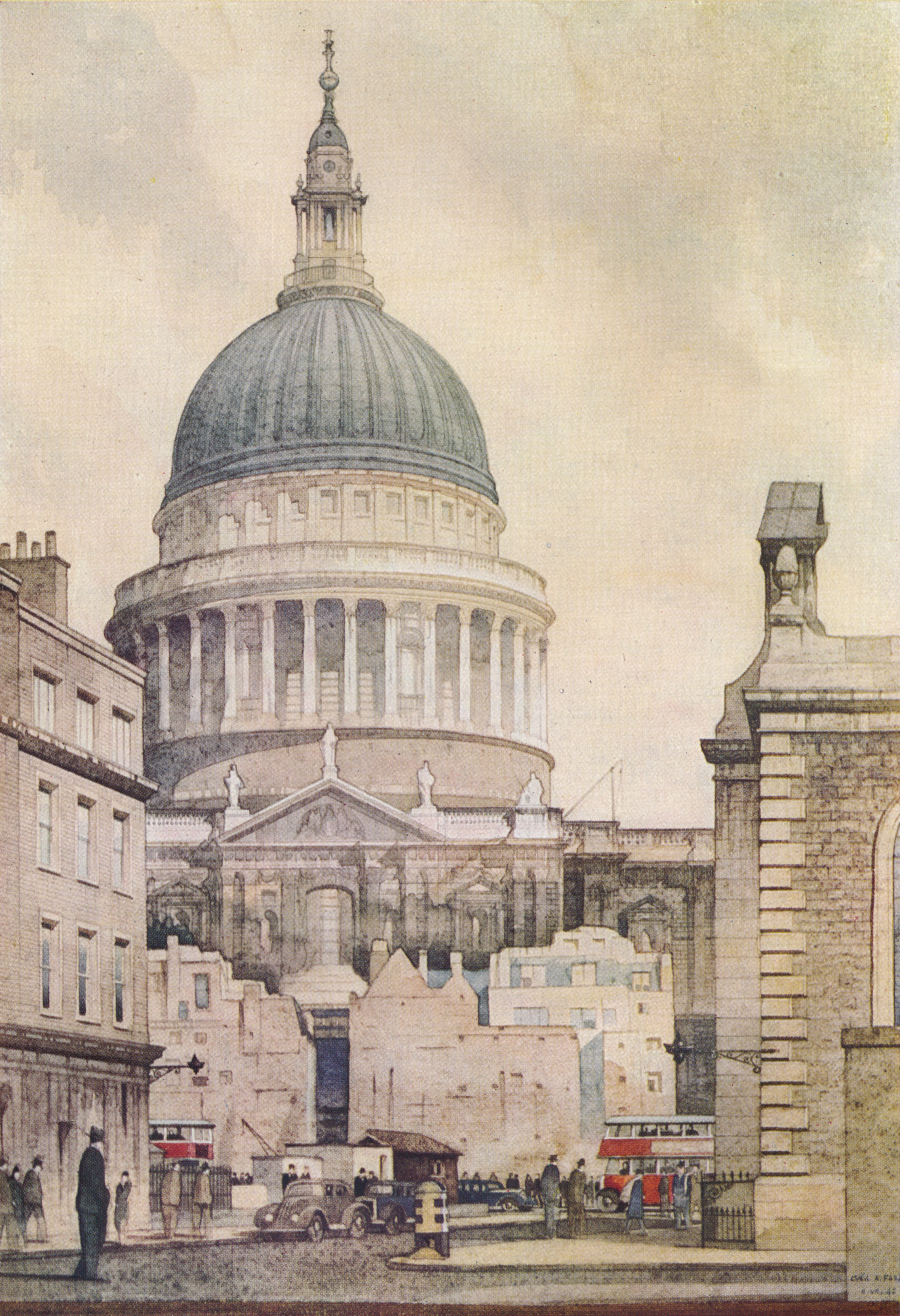
St. Paul's Cathedral from the North, by Cyril A. Farey in 1943.

Rebecca Thompson, the director of property at St Paul's Cathedral.
Joe Gallagher, 62, is a carpenter at St Paul’s. He, along with colleague James Digger, 26, a stone mason with an apt surname, both got into their line of work through similar apprenticeships when they were 16. ‘The variety,’ Digger says reflecting on his apprenticeship, ‘that’s the best thing about it.' Since Gallagher graduated from his apprenticeship scheme, some 46 years ago, he’s worked on a variety of projects, from carpentry for the Royals, to The National Trust. ‘I never thought I’d be working at St Paul’s, I must admit,’ he tells me. By the time the new apprentices are trained he will be retired. ‘I'm hoping someone will learn from us, and that they will continue the standards that we've set,’ he reflects. ‘Hopefully they will be successful too — find something that they enjoy.’
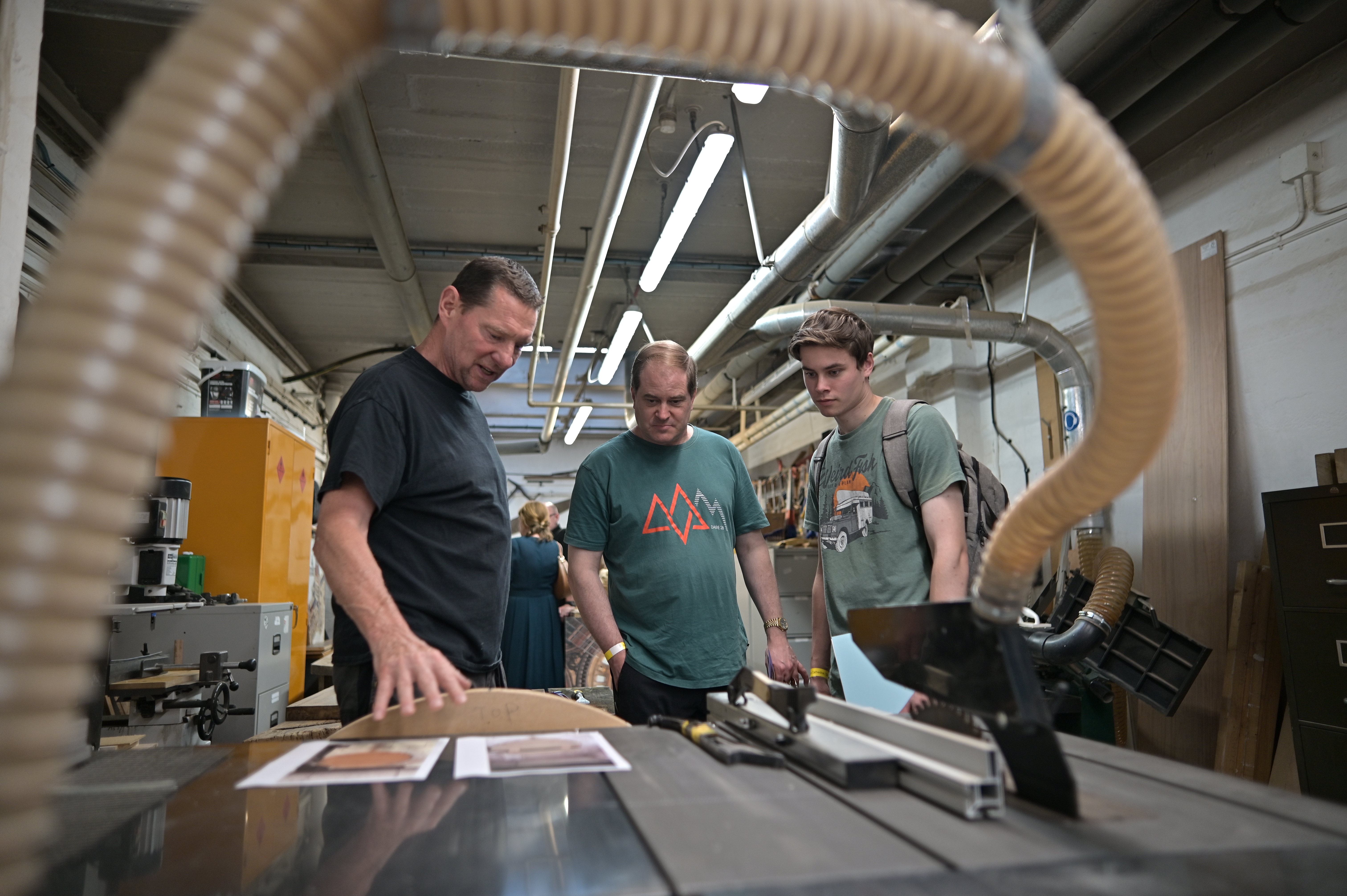
Joe Gallagher (left) hopes to train the new carpentry apprentices at St Paul's before he retires.
‘It’s always been unusual to do,’ says Sam Lee, the director of London Stone Carving. He thinks the Wren Centre sounds ‘like the dream college’; he studied stone masonry during his Bsc in Building Conservation at Weymouth College in Dorset. ‘They’ve since closed, as have several other stone masonry colleges around the country,’ he tells me. ‘That one was purpose made and only a few years old when it closed, so there’s a lot of challenges when it comes to the stone industry, especially now.’ He tells me that the proof today that the various elements of the job are detrimental to people’s health — the vibration of tools resulting in breathing in dust, as well as the heavy lifting involved — means it’s increasingly becoming mechanised, ‘which means the standard of everything is going down because there's no sort of human interaction with the things that are being made’.
As well as health concerns, another barrier to getting young people involved is awareness. ‘You only do it if you’ve heard of it,’ says Lee, whose family historically built churches. Digger also had initial concerns about who would be interested in the apprenticeship. ‘I wouldn’t say it’s particularly dangerous, but there is an element of manual labour to it,’ he says. ‘It's never particularly back breaking — or, if it is, it's for a short period of time — but you always work out how best to do that safely, and as a team, but I was quite worried, before this [apprentice open day] event that we had on Wednesday. I've got some friends in various sectors of the construction industry, and they said they've done some events with hundreds of students, and that they could probably only pick out a handful of ones that would even pick up the tools to give it a go.’
Exquisite houses, the beauty of Nature, and how to get the most from your life, straight to your inbox.

Sam Lee, the director of London Stone Carving.
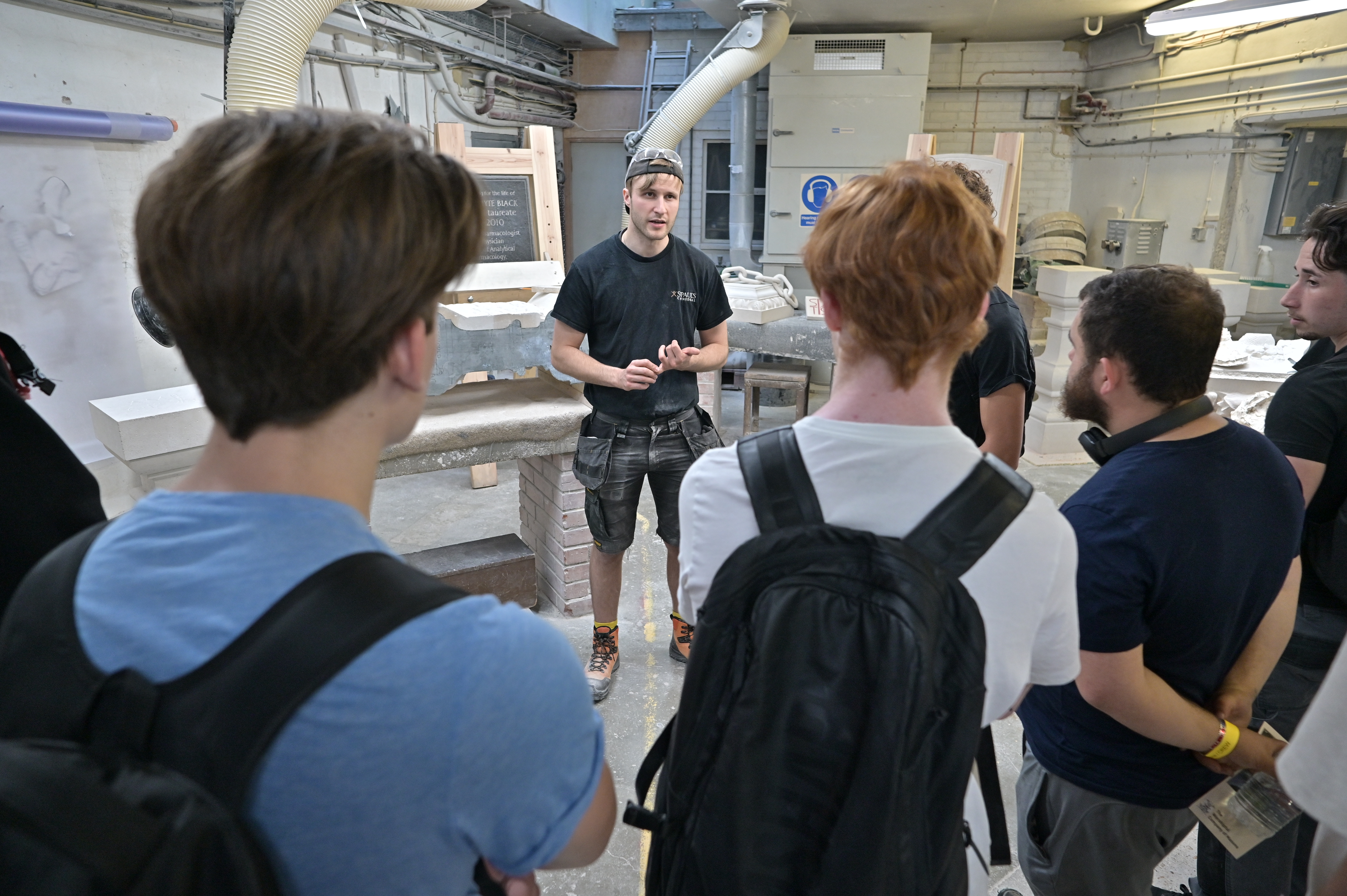
James Digger at an open day for the heritage apprenticeship schemes at St Paul's Cathedral earlier this week.
‘I was quite wary that we might have a similar thing. But I was really amazed just to see that we had such positive feedback. I think, certainly with this kind of work, in the heritage sector, there is an appeal that often, and certainly with Gen Z, comes from exposure through social media,’ he adds. Charlie Gee is a testament to this — a young stone mason who also trained at Weymouth College after being inspired by his father, another stone mason. He posts about his projects on Instagram, where he has amassed more than 1.9 million followers.
A post shared by Charlie Gee (@charlie.gee__)
A photo posted by on
‘What really hooked me was realising the impact we could have, saving buildings from ruin, bringing them back to life with care and skill. It gave the work a real sense of purpose,’ he says. ‘When I left school at 16, most people were either heading to university or into more common trades like electrics or plumbing. Stone masonry felt like a forgotten path, a bit niche and old-fashioned. But I think that’s starting to change. There’s growing interest now among young people in heritage crafts, and working with your hands.’

Stone masonry was a family affair, even from a young age, for Charlie Gee.
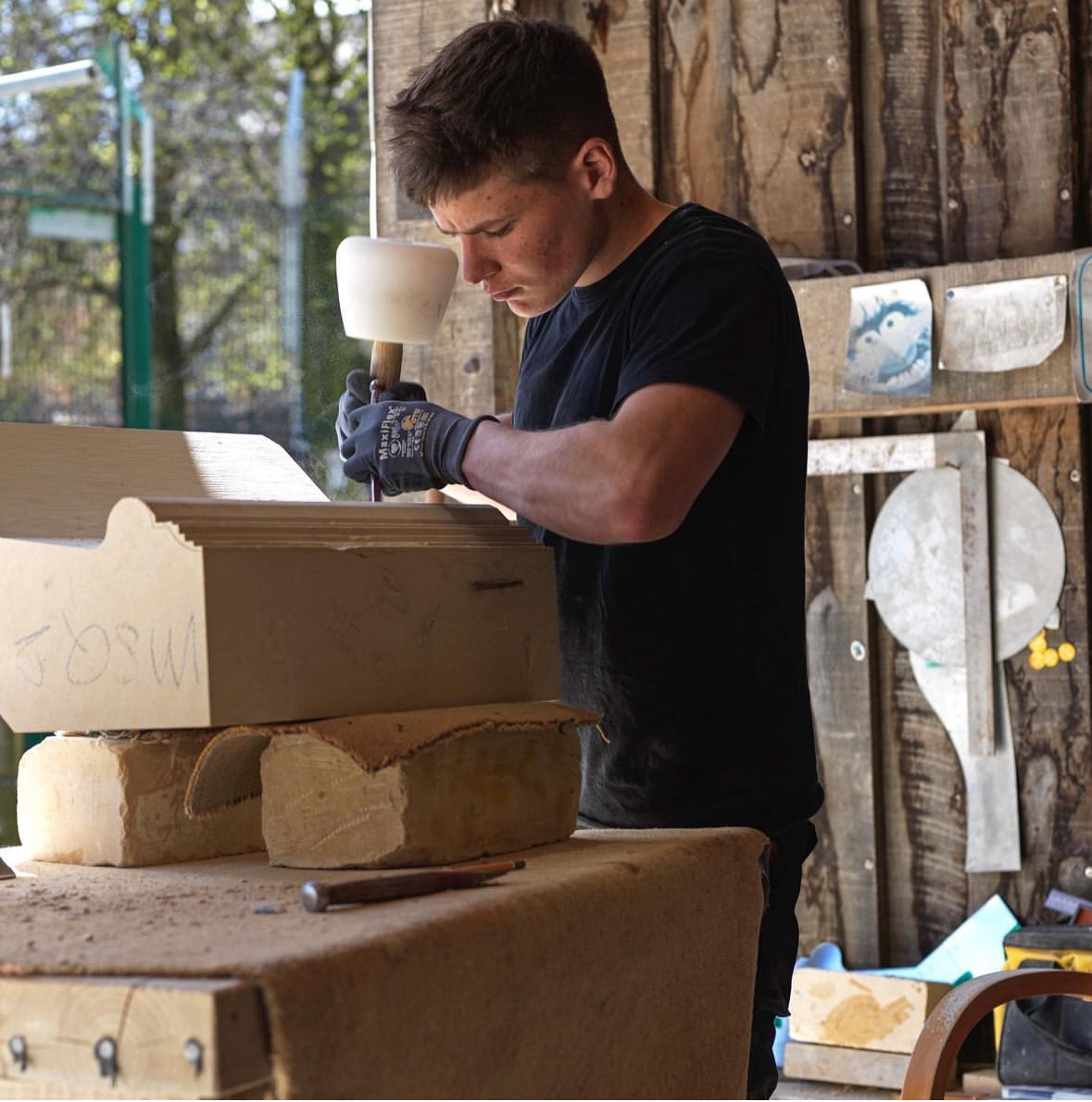
Thompson is determined that this be the case — it’s vital for her beloved St Paul’s. ‘We've got a red list of heritage craft skills that if we don't teach them and we lose them, we'll lose them forever. So we want to be at St Paul's part of that change that stops the loss,’ she says. ‘It's a really incredible place to care for and we're custodians for such a tiny, tiny length of time that we've got to do it right.’
Lotte is Country Life's digital writer. Before joining in 2025, she was checking commas and writing news headlines for The Times and The Sunday Times as a sub-editor. She has written for The Fence, Spectator World, the New Statesman and The Times. She pens Country Life Online's interview series, Consuming Passions.
-
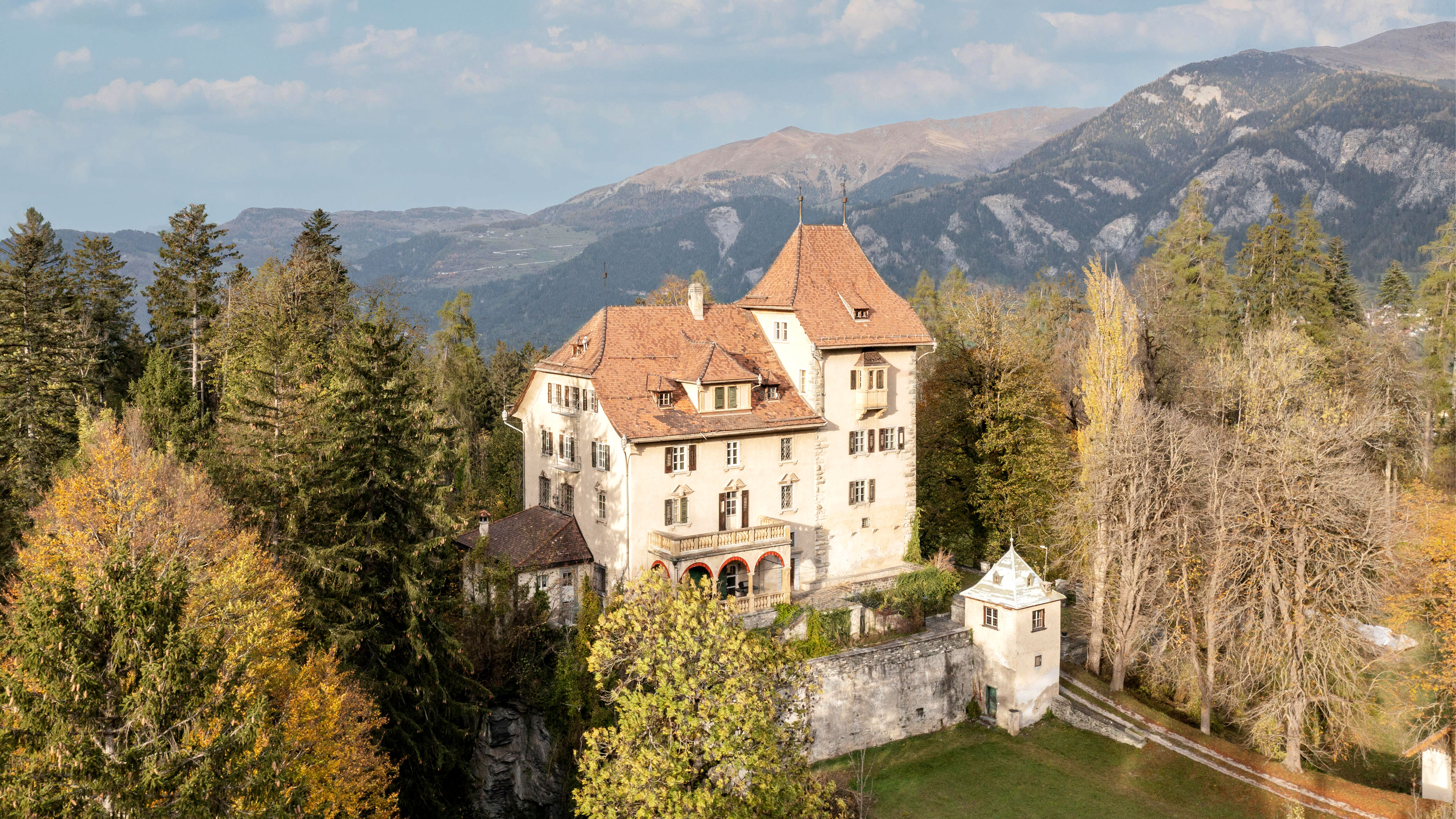 An Alpine hideaway on a Swiss mountaintop that's like something from the pages of a Gothic novel
An Alpine hideaway on a Swiss mountaintop that's like something from the pages of a Gothic novelA wonderful Baroque castle set amid gardens and woodland is for sale in one of Switzerland's most beautiful areas.
-
 Robotic sharks, Egyptian mummies and a Rolls-Royce: Start your weekend with the Country Life Quiz of the Day
Robotic sharks, Egyptian mummies and a Rolls-Royce: Start your weekend with the Country Life Quiz of the DayYou will take the quiz, and you will learn things. That is my promise.
-
 A true gent lets his hair down on a Wednesday: Inside our Savile Row party to celebrate the publication of Gentleman's Life
A true gent lets his hair down on a Wednesday: Inside our Savile Row party to celebrate the publication of Gentleman's Life'The party marked the ten-year anniversary of Gentleman's Life and it was, fittingly, a party for the ages.'
-
 Do you really want that Friday feeling? Tradition says it was the day Adam and Eve were expelled from Eden, Noah’s flood started and Christ was crucified
Do you really want that Friday feeling? Tradition says it was the day Adam and Eve were expelled from Eden, Noah’s flood started and Christ was crucifiedBefore you shout 'TGIF', steady on, warns Ian Morton. Friday has a reputation — and it's not a good one.
-
 Bunny Mellon: The Truman Capote ‘Swan’, muse and horticulturalist whose creations for The White House were recently lost forever
Bunny Mellon: The Truman Capote ‘Swan’, muse and horticulturalist whose creations for The White House were recently lost foreverAs Tiffany & Co. pay homage to Bunny Mellon with a new Bird on a Rock collection, Owen Holmes takes a look at the most iconic garden designs of this heiress-horticulturist, from her Virginia estate to the White House to Versailles.
-
 'Never has there been a more important time to publicise great Victorian and Edwardian buildings in peril': The importance of saving our historic buildings
'Never has there been a more important time to publicise great Victorian and Edwardian buildings in peril': The importance of saving our historic buildingsFor the 16th year, the Victorian Society is calling on the public to nominate Victorian or Edwardian buildings in England and Wales that are in need of saving.
-
 From the Caribbean with love: The other James Bond who wrote the definitive guide to tropical birds
From the Caribbean with love: The other James Bond who wrote the definitive guide to tropical birdsThe Caribbean plays host to a brilliant spectrum of colourful avians, says John Lewis-Stempel, as he revels in a birdwatcher’s paradise. Illustrations by Annabelle King.
-
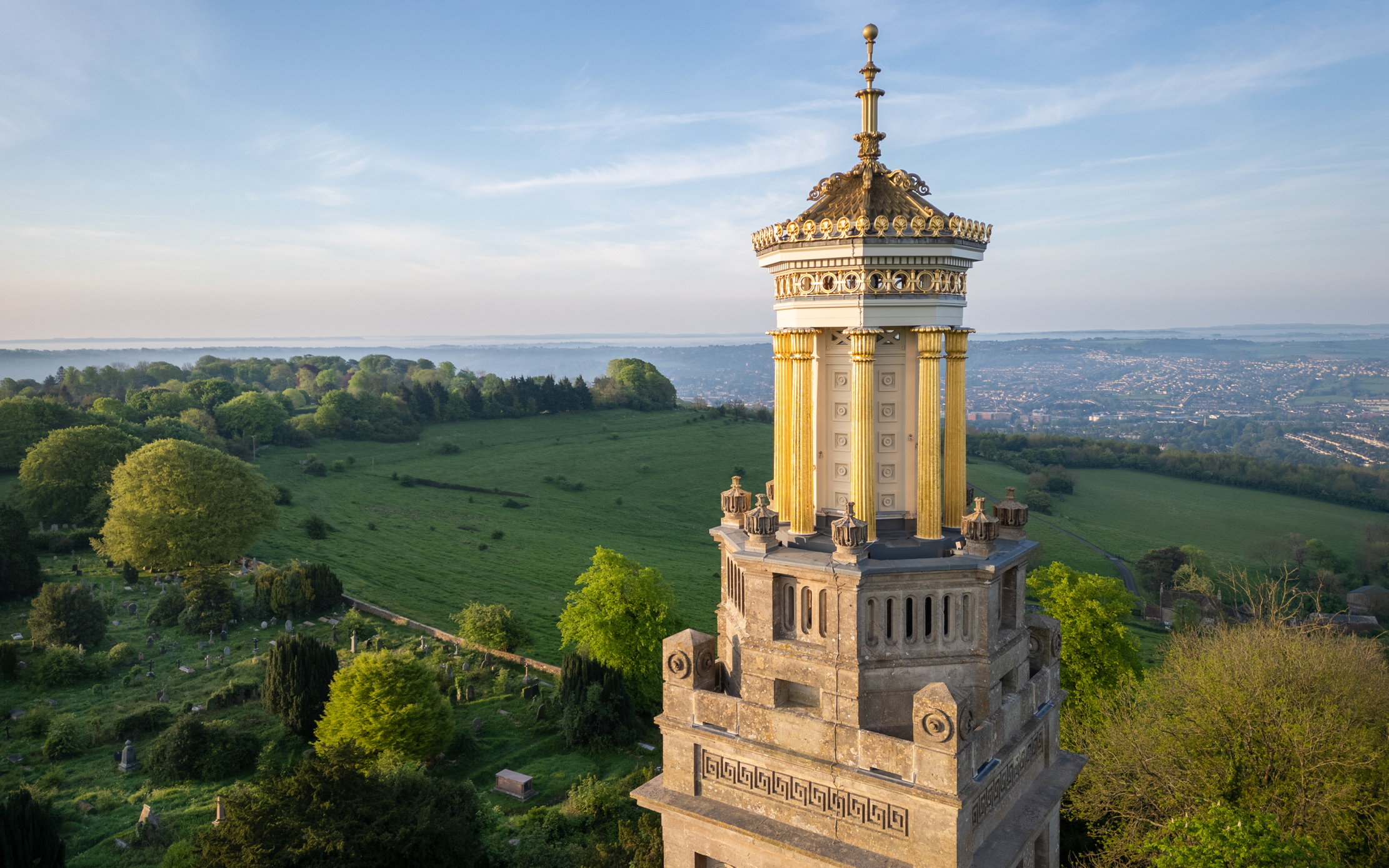 Best in class: This year's Georgian Group Architectural Award winners revealed
Best in class: This year's Georgian Group Architectural Award winners revealedThe Georgian Group’s Architectural Awards, sponsored by Savills, attracted another outstanding crop of entries this year. We reveal the winners, as chosen by a panel of judges chaired by Country Life's Architectural Editor, John Goodall.
-
 'These days, they have almost nothing to do with Advent and quite a lot to do with bath oil and mini bottles of perfume': A snob’s guide to advent calendars
'These days, they have almost nothing to do with Advent and quite a lot to do with bath oil and mini bottles of perfume': A snob’s guide to advent calendarsSophia Money-Coutts questions whether advent calendars have gone too far.
-
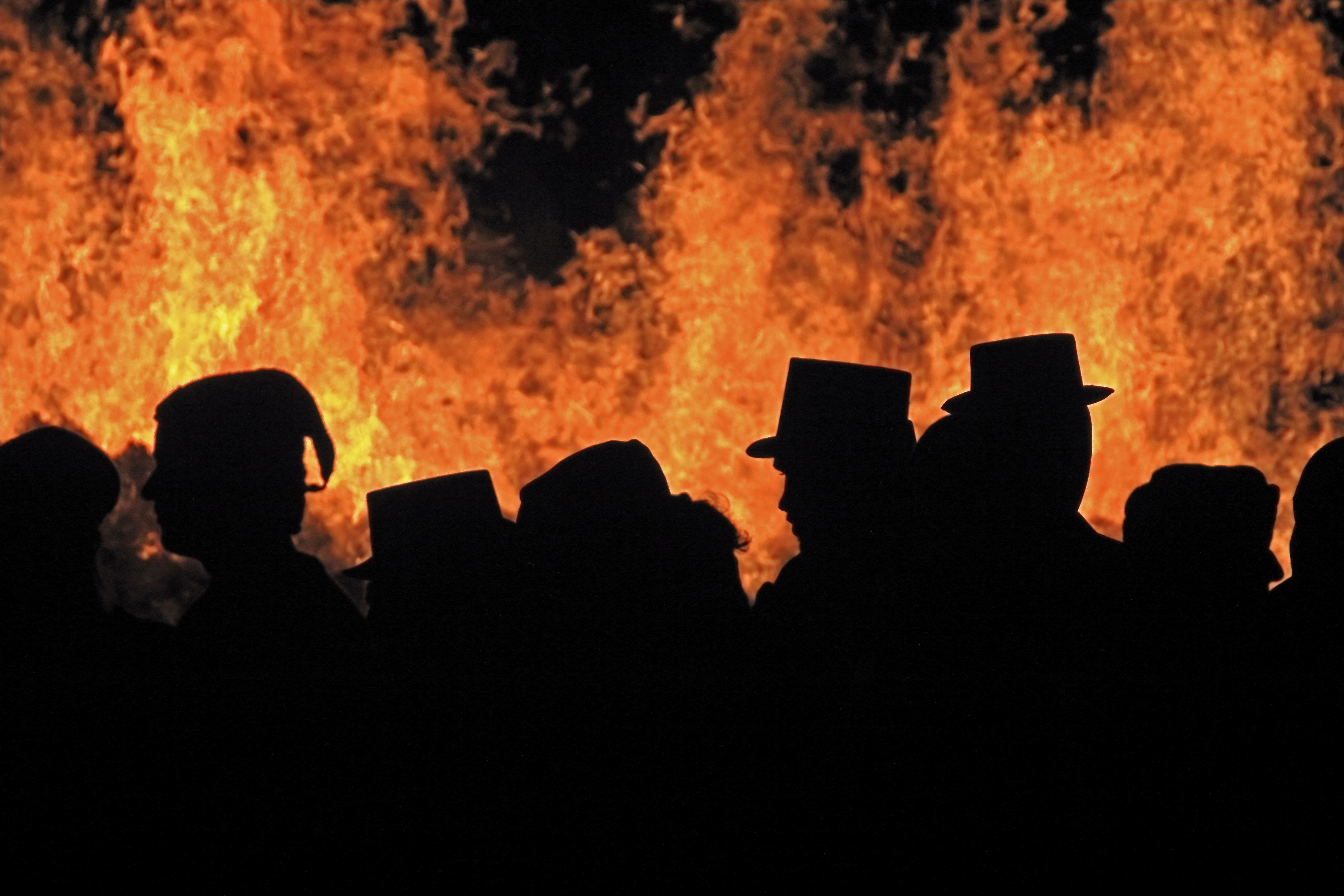 ‘Pope Paul V remains a popular effigy today, and gets blown up in Lewes most years’: A five minute guide to England’s wackiest Bonfire Night celebrations
‘Pope Paul V remains a popular effigy today, and gets blown up in Lewes most years’: A five minute guide to England’s wackiest Bonfire Night celebrationsThe market town of Lewes in East Sussex has not one, not two, but seven bonfire societies and its celebrations have been labelled the ‘only proper Guy Fawkes night left’.
